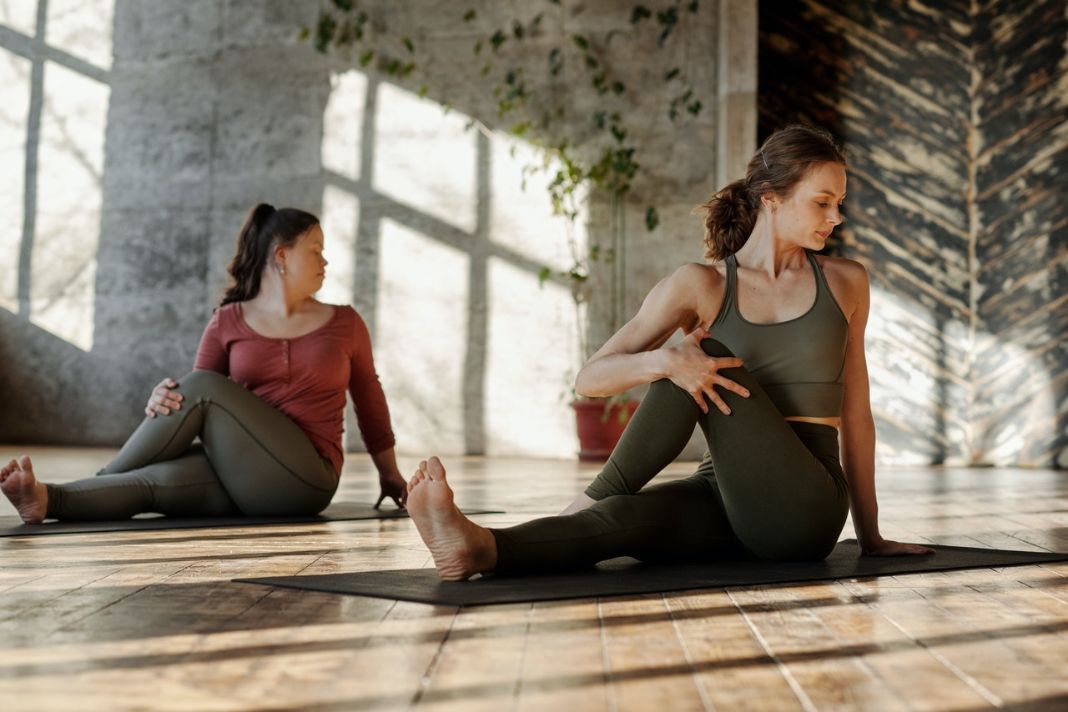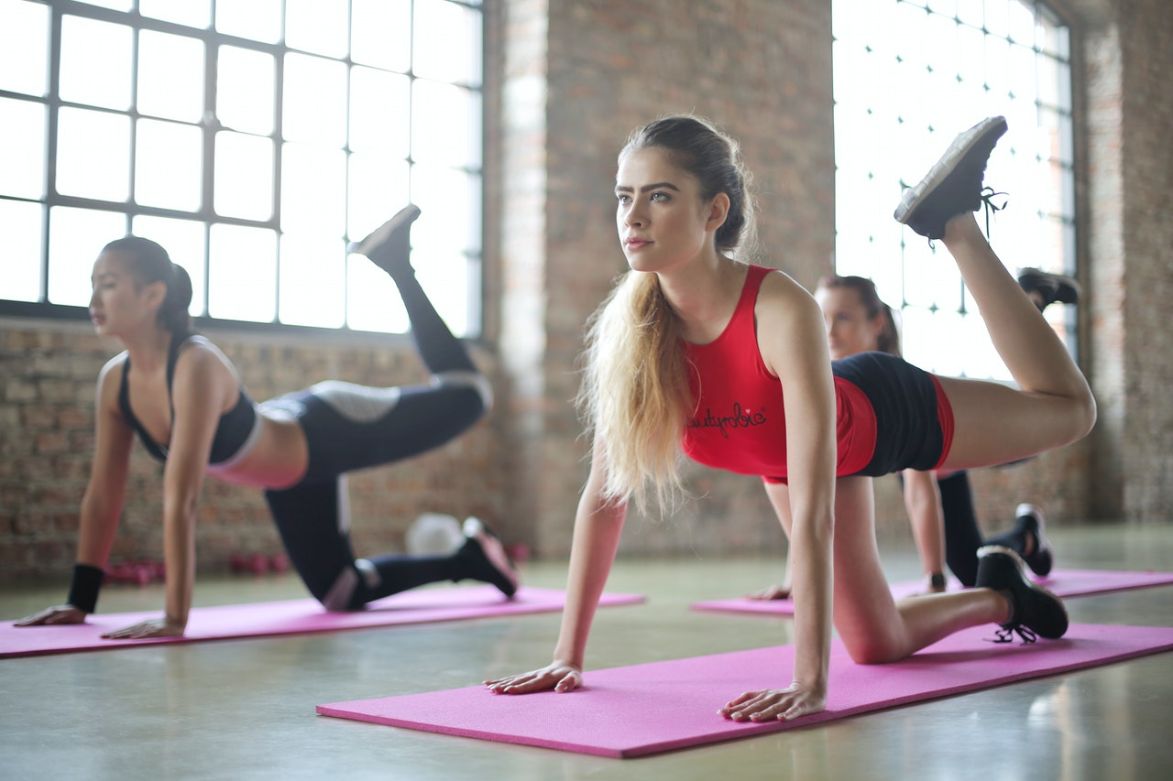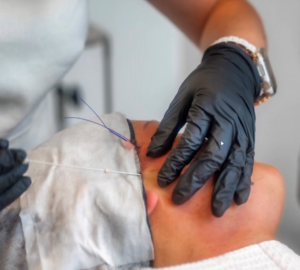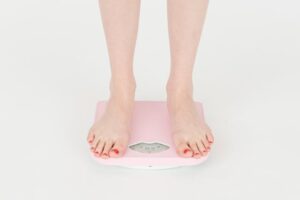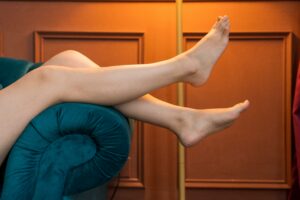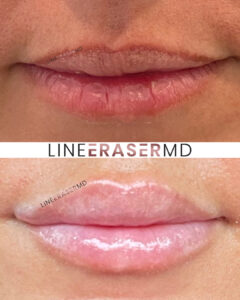Botox is one of the ways many women and men preserve their beauty. With a few quick trips to the doctor’s office, Botox ensures patients in need will walk out with a revived facial appearance.
Botox a cosmetic procedure that smoothens and revives the skin for a glamorous and youthful appeal. It is based on a botulinum toxin type A, and treats forehead and around-the-eyes wrinkles, by temporarily freezing the area muscles so they relax.
Many patients who are keen on Botox treatments are also avid exercisers, which brings upon the question – can I exercise following a Botox treatment?
From getting the training go-ahead to taking proper caution, here is what to know about Botox and exercising.
Will exercising affect my Botox results?
Overall, exercising right after getting Botox is not an advisable idea. Doctors won’t recommend working out because of the following reasons:
1. Exercising applies extra pressure on injected spots
After getting your first Botox treatment, your doctor will advise you to avoid contact with your face. This includes no touching, pinching, making exaggerated facial expressions, and stressing out, for at least 4 hours. Otherwise, touching the treated area can cause Botox to migrate from that area and end up elsewhere. What’s more, heavy contact with your skin following the treatment can lead to additional pain in areas that have both been and not been treated.
If you are someone who typically wipes off their face after a sweaty workout, doing so after a Botox procedure is not advised, as it may shift the Botox in an unwanted spot, or worse, cause facial disabilities. Apart from regular exercising – hikes, runs, the gym – patients ought to avoid doing sports that require wearing a helmet, which may apply additional and wrongful pressure on the face.
2. Exercising raises the blood flow
If your workout routine includes lifting and cardio, your heart will pump blood like crazy. Even though it’s a healthy habit to adopt on a daily basis, it is not advisable to get into a cardio routine right after a Botox treatment. This is because the increased blood flow can cause the Botox to diffuse from the initial injection spot, and momentarily paralyze surrounding muscles.
Unfortunately, this can leave you with the unpopular ‘botched botox face’ or lead to heavy bruising and swelling in the injected areas.
3. Exercising requires a lot of movement
Getting Botox is a risky procedure on its own, and exercising right after one can lead to unwanted movements and disastrous effects. As exercising requires the body and facial muscles to move, this can provoke recently injected botox to migrate across unwanted facial areas. Strenuous movement refers to any sort of exercise, even yoga, and pilates.
How long should you wait to work out after Botox?
Medical professionals are the ones to determine how long a patient ought to steer clear from training following a Botox procedure. This is typically based on every patient’s progress after the treatment as well as their healing time. Still, as a rule of thumb, patients are required to sit still – never lie down! – for at least 4 hours following a Botox procedure.
As for hitting the gym, patients should ideally wait a whole 24 hours before exercising.
What else not to do after Botox?
Aside from not exercising, following a Botox procedure, there are other cautions to take so the treatment takes full effect and so you avoid any side effects. Below we list the things patients who just had a Botox treatment should refrain from doing:
- Taking a nap/lying down
- Bending over
- Alcohol consumption
- Excessive caffeine consumption
- Touching or rubbing the treated area
- Showering with hot water
- Taking pain-relievers
- Exposing yourself to very hot or cool temperatures
- Sleeping on your face
- Applying makeup
- Getting a spray tan
- Getting eyebrows done
- Wearing helmets or other protective headgear
- Flying
When to See a Doctor?
Though there is no critical downtime to take after completing a Botox treatment, nor severe side-effects to dread, there can be some red alert instances to consider.
Namely, visit a medical professional at once should you notice any of the following symptoms:
- Droopy eyes
- Swollen eyelids
- Trouble breathing
- Increased pain
- Swollen face
- Rash and red spots
- Muscle weakness
- Fainting sensation
- Blurred vision
- Hives and fever
Other than withholding exercise for a full day, there is no other severe precaution to take following a Botox treatment. The procedure comes with no downtime and in a day, you can go back to your regular activities.
The Bottom Line
Even though exercising is on a to-do list for many patients, it is paramount you put it on hold following a Botox treatment.
Remember, for Botox to take full and rightful effect, you need to let it rest for at least 4 hours, and at least a full day when it comes to hitting the gym. When followed up accordingly, however, a Botox treatment will deliver the desired results – and at no risk whatsoever.
